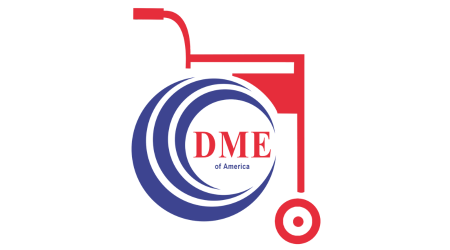Being a chronic lung condition, the disease affects millions of people on earth and causes symptoms like wheezing, coughing, chest tightness, and shortness of breath.
It is a multifaceted undertaking requiring engagement and oversight of pharmaceuticals, lifestyle modifications, and respiratory equipment to lessen symptoms and improve the patient's lifestyle.
Respiratory Equipment: Inhalers and Nebulizers
Respiratory equipment, inhalers, and roscoe nebulizer machine are the core treatment appliances for asthma management.
Inhalers dispense medicine to the lungs using a handheld device that cuts down on time and helps to cope with episodes of shortness of breath during asthma attacks.
Different kinds of portable nebulizer machines deal with turning liquid medicines into fine drops that can be inhaled through a mask or a mouthpiece.
They are generally, simpler to use and a better choice for older children and those who have trouble using inhalers.
Peak Flow Meters:
Inhalers and other portable instruments are used to assess how well sputum leaves patients’ lungs.
The daily check of peak expiratory flow rates empowers asthma patients to find out about the exact symptoms as well as be able to determine actions to be taken.
Peak flow meters are vital in recognizing asthma triggers, keeping track of lung function for later comparison, and gauging the effectiveness of medications in time.
Spacer Devices:
A spacer is respiratory equipment that is applied to inhaled delivery of medication during exacerbation of a lung condition.
Coordination issues are overcome, medication delivery is more precise by slowing the speed of medication administration with the help of metering valves and the need to time correctly is reduced.
Spacer respiratory equipment is especially advantageous to children, the elderly, and those with weakening lung functions.
Oxygen Therapy:
In the case of severe asthma exacerbation or respiratory distress, oxygen therapy might be used to safeguard the oxygenation of erythrocytes.
Oxygen therapy is a form of treatment that provides extra oxygen via respiratory equipment such as nasal cannulas, face hoods, or ventilators to avoid breathlessness and hypoxemia.
It is effectively employed in managing a sharp attack of asthma and the results of more severe respiratory failure.
Air Purifiers and Humidifiers:
In asthma treatment, air conditioners and humidifiers, which add moisture to the air, are auxiliary devices that improve air quality and eliminate possible causes of the attack, such as dust, pet fur, pollen, and mold.
The air purifier removes airborne particles, even as the humidifier augments the moisture content in the air, keeping discomfort caused by dry throat at bay.
These respiratory devices produce a better respiratory environment, freeing it from pollutants and other infections.
Allergy-Proof Bedding and Mattress Covers:
The use of allergy-proof bedding and mattress covers is usually a must for asthma sufferers whose primary concern is sensitivity to dust mites, a common asthma trigger.
These protective covers are designed to be anti-hypoallergenic, and they create a shield between the person sleeping and pollen, preventing it from penetrating their airway and causing asthmatic symptoms.
Frequently washing bedding at higher temperatures and vacuuming the DME mattress lowers the allergen exposure and results in tighter asthma control.
Portable Oxygen Concentrators:
Portable DME oxygen concentrator are compact machines that enable asthmatics who are just about to go back to campus to get a nonstop supply of supplemental oxygen during their travels.
Through these Respiratory equipment or device, people with asthma can still shoot off and go about their everyday activities and also stay on top of their condition as they get access to the oxygen they need
Conclusion:
Respiratory equipment is of the utmost use in the treatment of asthma as it provides medications, lung function monitoring, and air quality improvement, and they will give oxygen if it is necessary and much more products CPAP machine DME.
These strictly required items can be included in the asthma management plans so that the patients can gain improvement in their control over the symptoms, lessen the chance of exacerbation, and make the most of the life that they have.
FAQs
Hey Siri, What is the difference between inhalers and nebulizers?
Inhalers discharge medications through a short puff to your lower lungs, whilst Roscoe Dog Nebulizer turn your liquid medications into a mist to be consumed longer.
Frequency of peak flow meter use?
Use peak flow meters at least daily, if not more often, to monitor lung function and determine symptom severity.
Effectiveness of spacer devices with inhalers?
Spacer devices lengthen the functioning of the inhaler by increasing precise dosage delivery into the lungs.
When is oxygen therapy necessary?
Oxygen therapy is used in critical asthma situations for the sole purpose of maintaining good blood oxygenation levels.
What are the benefits of air purifiers and humidifiers?
Air purifiers filter out allergens, while humidifiers add moisture, creating a healthier indoor environment for asthma patients.

